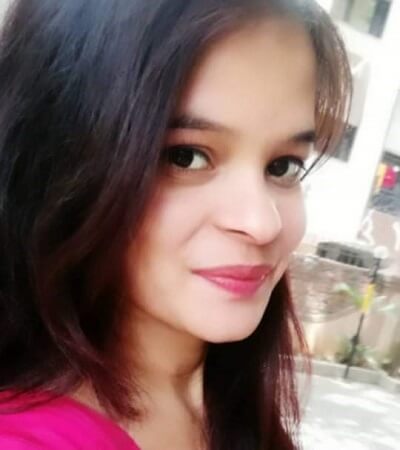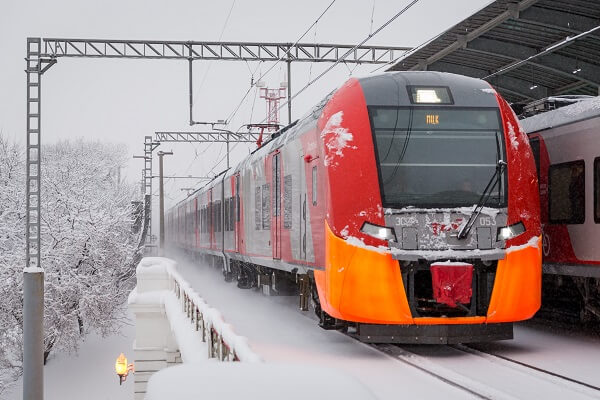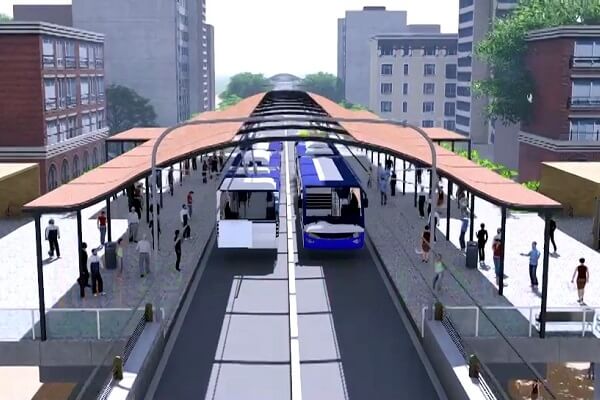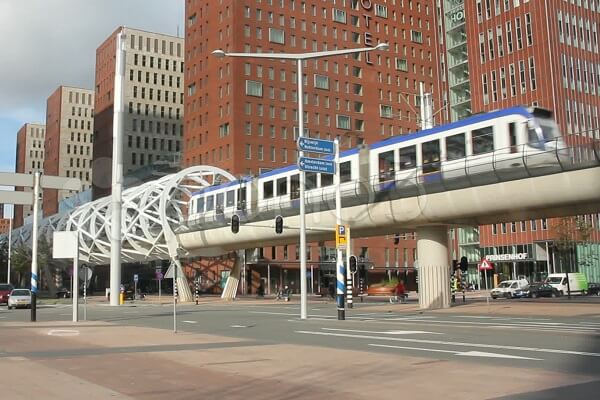Trending Now
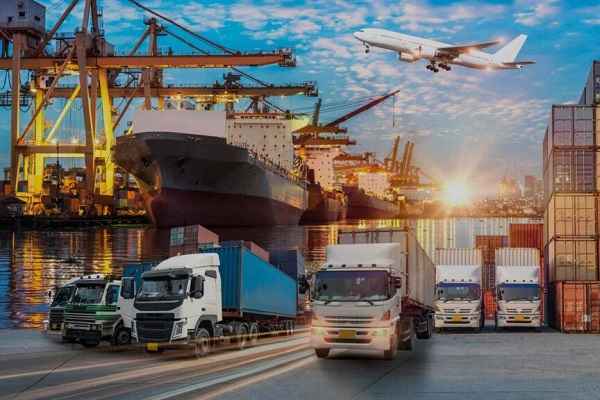 How Weigh-in-Motion Systems Are Revolutionizing Freight Safety
How Weigh-in-Motion Systems Are Revolutionizing Freight Safety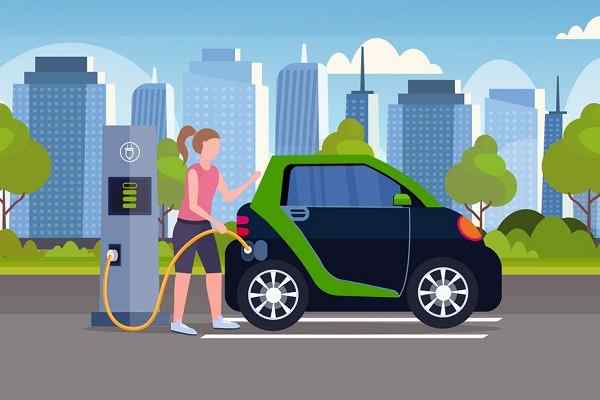 Women Powering India’s Electric Mobility Revolution
Women Powering India’s Electric Mobility Revolution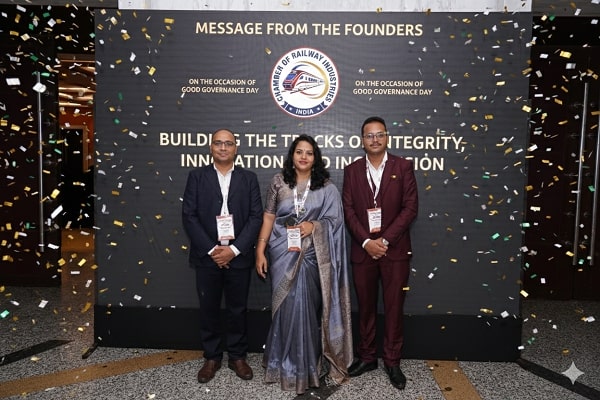 Rail Chamber Launched to Strengthen India’s Global Railway Leadership
Rail Chamber Launched to Strengthen India’s Global Railway Leadership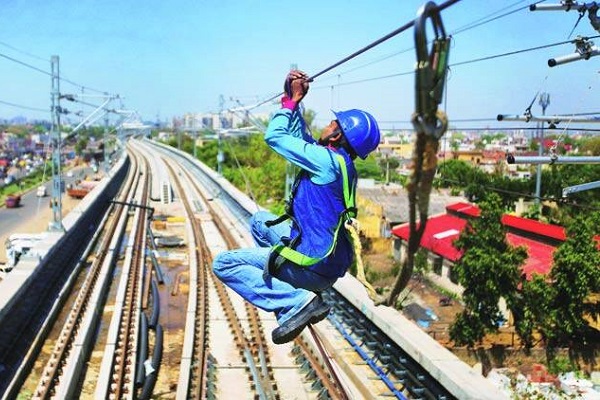 Wage and Hour Enforcement Under the Massachusetts Wage Act and Connecticut Labor Standards
Wage and Hour Enforcement Under the Massachusetts Wage Act and Connecticut Labor Standards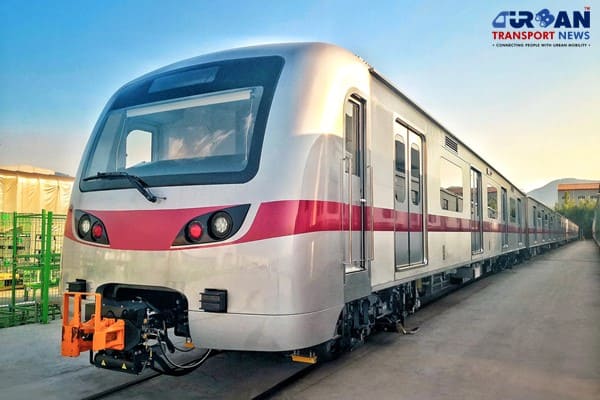 MRT‑7: Manila’s Northern Metro Lifeline on the Horizon
MRT‑7: Manila’s Northern Metro Lifeline on the Horizon Delhi unveils ambitious Urban Mobility Vision: Luxury Metro Coaches, New Tunnels and Pod Taxi
Delhi unveils ambitious Urban Mobility Vision: Luxury Metro Coaches, New Tunnels and Pod Taxi Qatar approves Saudi Rail Link Agreement, Accelerating Gulf Railway Vision 2030
Qatar approves Saudi Rail Link Agreement, Accelerating Gulf Railway Vision 2030 UP Govt plans to introduce Water Metro services in Ayodhya, Varanasi & Prayagraj
UP Govt plans to introduce Water Metro services in Ayodhya, Varanasi & Prayagraj India’s First Urban Ropeway begins Trial Run in Varanasi, Set to carry 1 Lakh passengers daily
India’s First Urban Ropeway begins Trial Run in Varanasi, Set to carry 1 Lakh passengers daily India and Bhutan to Build First-Ever Rail Link: ₹4,033 Cr Project to Boost Regional Connectivity
India and Bhutan to Build First-Ever Rail Link: ₹4,033 Cr Project to Boost Regional Connectivity
Mumbai-Ahmedabad High Speed Rail: Project Information, Tenders, Stations, Routes and Updates
Anushka Khare
Posted on: 2020-09-12 12:59:00
Viewer: 27,295
Comments: 0
Country: India
City:
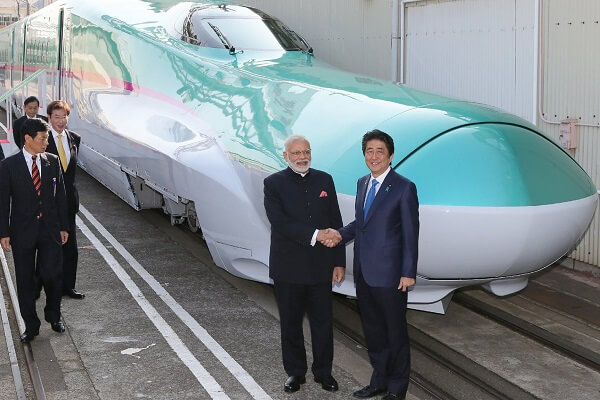
Mumbai-Ahmedabad High Speed Rail corridor is the first proposed Bullet Train project in India. The 508 km long corridor will connect the financial capital of India i.e. Mumbai to Ahmedabad through 12 stations.
- Project Name: Mumbai-Ahmedabad High Speed Rail Project
- Owner: Indian Railways, Govt. of Gujarat and Govt. of Maharashtra
- Operator: National High-Speed Rail Corporation Limited
- Project Type: High Speed Rail (HSR)/Bullet Train
- Route Length: 508.17 km
- Project Cost: INR 1.10 Lakh Crore
- Funding Pattern: Govt. of India and Loan from Govt. of Japan
- Completion Target: 2028
- Train Type: Japanese E5 Series Shinkansen Train
- Train Speed: 300-350 km per hour
- Travel Time: 2.07 hours with limited stops and 2.58 hours to cover the distance with all stops.
- Fare: Between INR 3000 - INR 5000.
- Land Required: 825 hectares.
- Current Status: Under Construction
Mumbai-Ahmedabad High Speed Rail Network
- Total length: 508.17 km (Gujarat - 348.04 km, Maharashtra - 155.76 km and Dadar & Nagar Haveli - 4.3 km including 21 km underground between BKC and Thane). Out of 21.7 km length will be undersea.
- Total Stations: 12 (Gujarat - 8, Maharashtra - 4)
- Station Names: Mumbai, Thane, Virar, Boisar, Vapi, Bilimora, Surat, Bharuch, Vadodara, Anand/Nadia, Ahmedabad, and Sabarmati.
- Depots: 02 (Sabarmati Rail Depot in Gujarat and Thane Rail Depot in Maharashtra)
- No. of Trains: 35 (from 2022), 105 (in 2053)
Funding Pattern
- INR 17000 Crore by Govt. of India through Indian Railways
- INR 5000 Crore by Govt. of Gujarat and Govt. of Maharashtra
- INR 88000 Crore by Japan through a soft loan from Japan International Cooperation Agency (JICA) with an interest rate of 0.1 % per annum.
System Features
- Technology: The E5 Series Shinkansen uses a range of advanced technology compared with conventional rail, achieving not only high speed but also a high standard of safety and comfort.
- Train Speed: 300-350 kmph
- Trains: The E5 Series Shinkansen trains will be electric multiple units, offering fast acceleration, deceleration and reduced damage to the track because of the use of lighter vehicles compared to locomotives or power cars. Initially, a total of 35 trains comprising 10 cars with the seating capacity of 750 passengers will be run on the High Speed Rail corridor. Later it will be increased to 16 cars train with the seating capacity of 1200 passengers.
- Coaches: Cars: 10 (750 seats), 16 (1200 seats). The coaches will be air-sealed to ensure stable air pressure when entering tunnels at high speed. The coaches give the best riding comfort despite curves on its high-speed path due to its titling system. All cars have this titling system with an air spring to counteract centrifugal force, which helps it ride through curves with ease and speed. The interior of the bullet train will be lit with indirect LED lighting, which will create an ambient atmosphere for passengers to unwind and have a relaxing journey. The bullet train will have proper facilities for divyang (physically handicapped) passengers like wheelchair inside the toilets and ensure comfort for every passenger.
- Routing: Shinkansen routes are completely separate from conventional rail lines. It uses tunnels and viaducts to go through and over obstacles rather than around them, with a minimum curve radius of 4,000 meters.
- Track: The Shinkansen uses 1,435 mm in) standard gauge track. Continuous welded rail and swing nose crossing points are employed, eliminating gaps at turnouts and crossings. Long rails are used, joined by expansion joints to minimize gauge fluctuation due to thermal elongation and shrinkage. A combination of ballasted and slab track is used, with slab track exclusively employed on concrete bed sections such as viaducts and tunnels.
- Signal System: The Shinkansen employs an Automatic Train Control (ATC) system, eliminating the need for trackside signals. It uses a comprehensive system of Automatic Train Protection (ATP). The signaling system on the bullet train corridor will be ERTMS (European Rail Traffic Management System) Level 2, as per the project feasibility report. ERTMS is developed to standardize train protection systems, it will give Indian rail interoperability with other networks
- Electrical System: Shinkansen uses a 25kV AC overhead power supply to overcome the limitations of the 1,500 V direct current used on the existing electrified narrow-gauge system. Power is distributed along the axles of the train to reduce the heavy axle loads under single power cars. The AC frequency of the power supply for the Shinkansen is 60 Hz.
- Lower Axle Load: Shinkansen train has lower axle load compared to other high-speed trains in advanced economies. This helps to keep the construction of civil structures compact, and it also reduces construction and maintenance costs.
- Safety: Shinkansen equipped with Urgent Earthquake Detection and Alarm System (UrEDAS) which enables automatic braking of bullet trains in the case of large earthquakes.
Project Features
- Operations of the High-Speed Bullet Train line will be controlled from one place, which will bring ease, efficiency, and quick response mechanisms to Indian Railways.
- An extensive Environment Monitoring Programme (EMoP) will be developed to monitor the surrounding environment and check the effective implementation of Environmental Management Plan (EMP) during construction as well as the operational phase of India’s High-Speed Bullet train.
- Bullet trains will pass through tunnels at super-fast speed, but the passengers will experience a smooth and comfortable ride. The turbulence in air pressure will be managed by an advanced, continuous ventilation system and the airtight structure of the train body.
- Tunnel Boring Machine (TBM) will be used for the undersea tunnel construction in Thane Creek. Moreover, the noise level caused by TBM is negligible and has no adverse impact on humans as well as animals.
- The efficient bullet train comes with an elaborate system that which will bring smart transport to Indian Railways. An 'Integrated Operations Control Center' in Ahmedabad will ensure smooth functioning of tasks like train schedules, automatic route control, O&M etc.
- The area around the bullet train project will help in creating new destinations like amusement parks, medical centers, and other tourist places thus creating a huge economic potency for the city.
Major Contracts
| Package | Type | Scope of Work | Contract Value (Rs) | Awarded to |
| Civil | Construction of Sabarmati HSR Station | 332 Cr. | BL Kashyap & Sons Limited | |
| C1 | Civil | Construction of 1.028 km Underground Station at BKC, Mumbai | NA | Tender issued but not yet awarded |
| C2 | Civil | Construction of 20.377 km underground tunnel between BKC Station (Mumbai) and Shilphata (Thane) | NA | Tender issued but not yet awarded |
| C3 | Civil | Construction of 135.450 km elevated stretch between Shilphata (Thane) and Zaroli Village | NA | Tender not yet issued |
| C4 | Civil | Construction of 237.1 km elevated stretch between Zaroli Village and Vadodara | 24,986.16 Cr | Larsen & Toubro Limited (L&T) |
| C5 | Civil | Construction of 8.198 km elevated viaduct and station within Vadodara | NA | Tender not yet issued |
| C6 | Civil | Construction of 87.569 km elevated viaduct between Vadodara and Ahmedabad | 7,189 Cr | Larsen & Toubro Limited (L&T) |
| C7 | Civil | Construction of 18.133 km elevated viaduct and station within Ahmedabad | NA | Tender issued but not yet awarded |
| C8 | Civil | Construction of 2.126 km viaduct, building works at Sabarmati Depot | NA | Tender issued but not yet awarded |
| P-4 | Civil | Fabrication of 28 steel bridges for crossing over railway lines, rivers, highways, road and other structures | 1,390 Cr. | L&T-IHI Infra JV |
| Civil | Design of High Speed Rail Track works for T-2 Package | NA | Japan Railway Track Consultants |
Progress so far…
- September 14, 2017: Prime Minister Narendra Modi and his Japanese counterpart H.E. Shinzo Abe laid the foundation stone in Ahmedabad (Gujarat).
- September 28, 2018: Japan International Cooperation Agency (JICA) signed an agreement with Govt of India to provide an Official Development Assistance (ODA) loan of 89,547 million Japanese Yen (approx. INR 5,500 Crore) as Tranche 1 on the Mumbai-Ahmedabad High-Speed Rail project.
- November 2019: Contract for design and construction works of Sabarmati HSR Terminal is awarded to BL Kashyap & Sons Limited for Mumbai-Ahmedabad High Speed Railway Project.
- The contract for design and construction of the High-Speed Rail Training Institute in Baroda is awarded to Cube Construction Engineering Limited.




